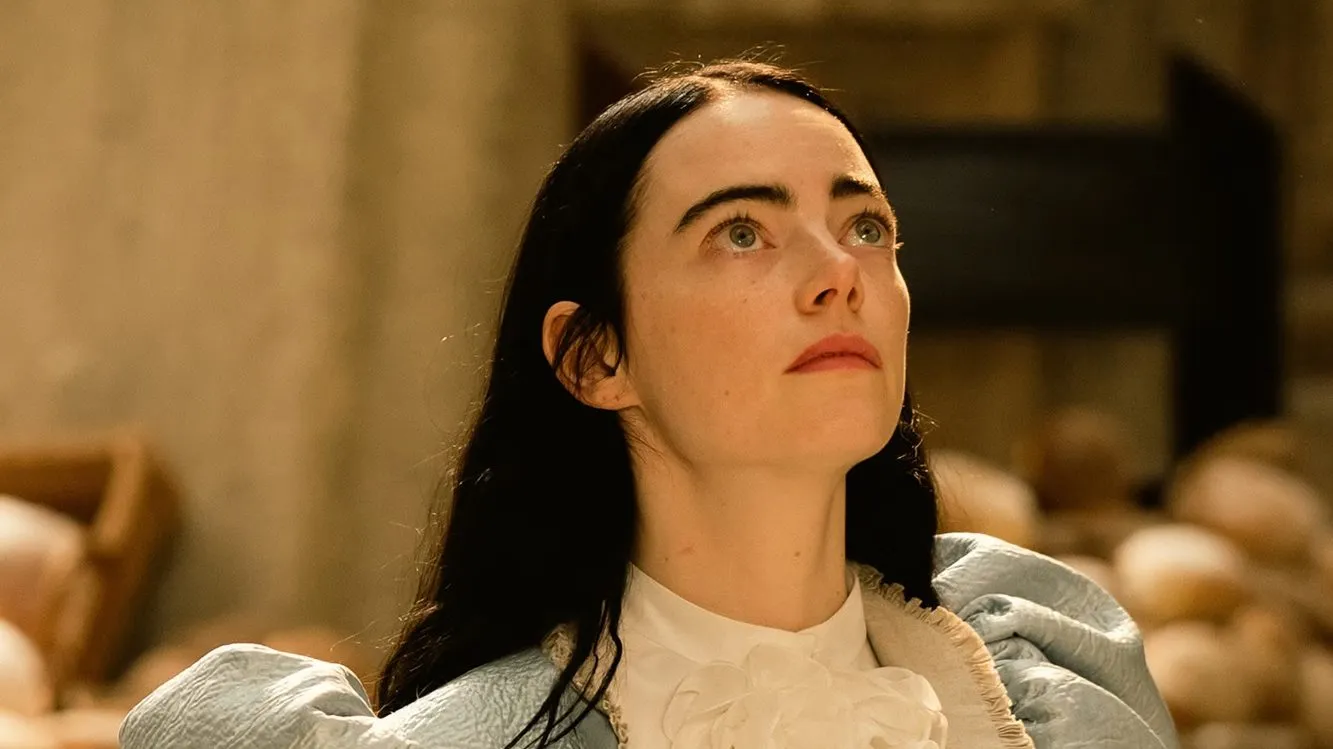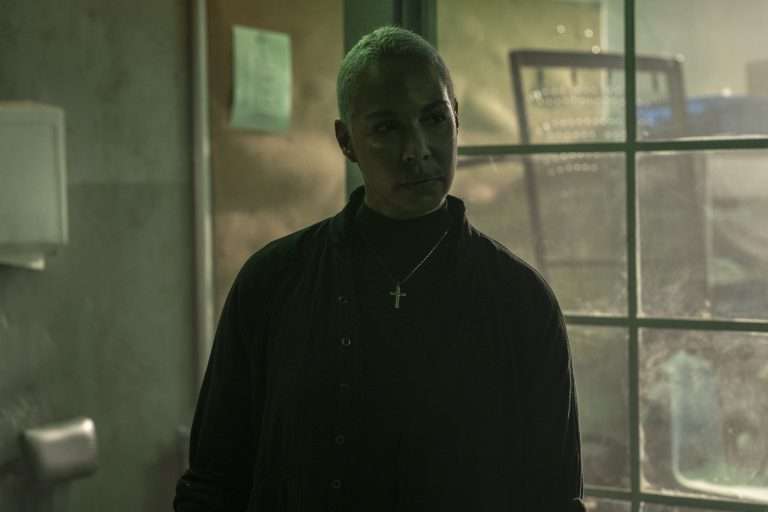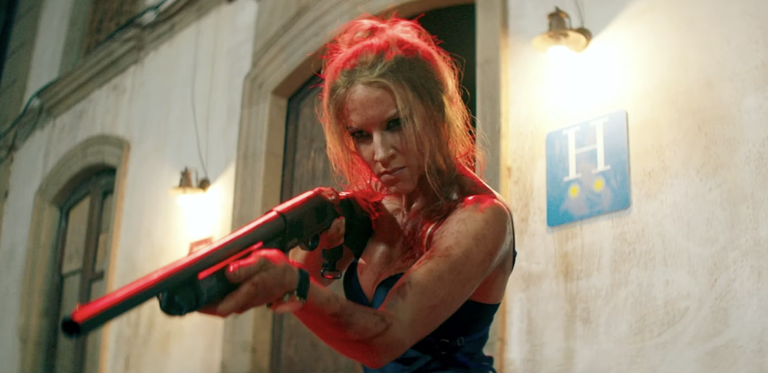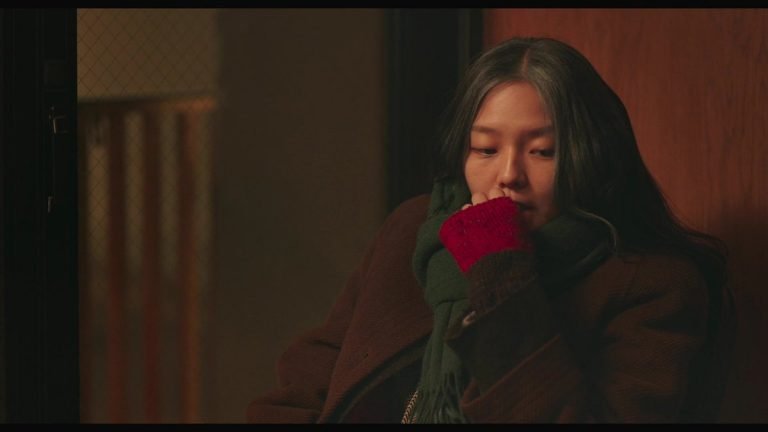Since its release, Yorgos Lanthimos’ “Poor Things” has been lavished with praise from film critics and audiences alike. Particular acclaim has been directed towards the craftmanship of the film, the wittiness of the writing, and Emma Stone’s impulsive yet technical performance. The purpose of this article isn’t to debate the merits of Poor Things’ visual aesthetic – the quality here very much speaks for itself. Watching the film is a ridiculously surreal experience and one I’d highly recommend.
Yet once my reverence for Lanthimos’ artistic direction subsided, more profound questions regarding the film’s themes emerged. Is “Poor Things” really the feminist tale it clearly thinks it is? Has Lanthimos’ attempts to depict sexual liberation simultaneously trapped him in the pitfalls of the male gaze? I was worried by how this film, exclusively written, shot, edited, and directed by men, was perhaps a bit too concerned with women’s pleasure.
The male gaze refers to the portrayal of women in media as the sexual objects of heterosexual men, often for the viewing pleasure of audiences from that same demographic. Such films often frame women through a lens of sexualization, lingering on their form and revealing clothing. Their role in the narrative furthers this objectification, usually fulfilling archetypal roles like the damsel in distress or love interest. They are rarely the hero of their own story, just a plot device serving the goals of their male counterparts.
It’s worth highlighting that as the depiction of women in media grows more nuanced, the lines of objectification are becoming blurred. Many filmmakers, particularly of action films, will skirt the issue by making their female characters more integral to the plot – Rebecca Ferguson’s character in the “Mission Impossible” franchise is an excellent example of this. While her character has far more autonomy than the average bond girl, she is still expected to wear the dresses, serve as the love interest for Tom Cruise, and ultimately get swapped out for the ‘younger model’ as in the most recent installment.
So, where does Lanthimos fit into this? For every film like “The Favourite,” a nuanced look at the twisted love between three queer women, there are films like “Dogtooth,” “The Lobster,” and “The Killing of a Sacred Deer,” containing overt scenes of women in various states of nudity, the camera often lingering on them under the lustful gaze of a male character. His latest film is a reinterpretation of Frankenstein’s monster. The protagonist, Bella Baxter, is the reanimated corpse of a pregnant woman – her own brain removed and replaced with that of her unborn baby. As such, she moves through the world in the body of an adult but with a child’s perspective, questioning her place in the structures of society without inhibition or prior conditioning.
Since she is an adult woman in a Victorianesque society, and since this is a Lanthimos film, sex and masturbation quickly become the vehicle for much of her self-discovery. It seems to me there’s a sentiment amongst filmmakers and audiences that nudity brings a certain ‘edge’ to arthouse cinema and that its inclusion elevates a film by venturing where Hollywood rarely does. Yet it seems much of the nudity you see in these films is particularly one-dimensional: it is youthful, conventionally attractive, and overwhelmingly white. I begin to question what this ‘edginess’ of nudity really is. Are we truly normalizing the naked image or just enforcing a particular vision of one?
I’m reminded here of other directors working in the arthouse space: from Gaspar Noe and his nine-minute rape scene in “Irréversible” to Lars Von Trier and the exploration of women’s sexuality, from pre-pubescence to adulthood, in “Nymphomaniac” 1 and 2. These films are made by notable provocateurs, directors who’d likely relish in an audience’s repulsion to their work. But in disrupting the status quo, what tools of filmmaking are we endorsing by claiming them revolutionaries? So often, what we see in these films is nothing more than the mutilation of women’s experiences – their bodies and trauma reduced to mere commodities for male expression. The woman’s trauma is the art, yet the man gets all the glory and is deemed an auteur.
As is usually the case, Lanthimos’ film is brimming with moral ambiguity. Many would argue that he actually spins the original conceptions of the male gaze through an equal inclusion of female and male nudity. After all, the camera certainly isn’t afraid of capturing the male characters in their entirety. But to what extent are the naked forms of men and women truly equal? Most would agree that a two-shot depicting a man and a woman naked above the waist sexualizes the woman’s body far more than it does the man. However, when the camera zooms out, and we see the pair in their entirety, does the presence of the penis cancel out the male gaze and render the scene neutral? It seems to me it doesn’t, at least not in “Poor Things,” since the camera never sexually objectifies Bella’s male suitors.

Very early in the film, Bella’s status as a desirable woman is immediately made clear to us. The assistant who is hired to monitor her, played by Ramy Youssef, notes ‘what a beautiful retard’ she is upon their first meeting. Then, when her breast slips out of her dress, the camera lingers as Youssef contemplates covering her. Much of the humor in the film is derived from the status of desirability placed on Bella. It’s unlikely her masturbating at the dinner table would be interpreted as funny if it wasn’t already clear the men were attracted to her.
Where Bella is presented as the object of desire, Lanthimos counters this by presenting the naked forms of men as humorous and grotesque. For instance, early on, we see Bella playing with the penis of a corpse like a toy. Later, the men she has sex with as a sex worker are shown to have physical deformities and mental handicaps. Whilst a possible intention was to present Bella as a character who views men as objects, narratively, most do serve as a means to an end for her. In reality, it doubles down on her own sexualization. In observation, Lanthimos seems reluctant to sexualize the men in his films yet quick to do it to the women. Is it Heterosexual insecurity or genuine artistic intention?
I’d further this point by arguing how fetishized the sex in the film is. It seems Bella exists as the perfect fantasy for heterosexual men – willing to engage in extreme acts of sexual depravity without the mental maturity to know otherwise. In a sense, the men are essentially having sex with a child for much of the film. Does this constitute rape? It seems Lanthimos is experimenting with notions of consent and underage sex, but we are supposed to brush these ideas off since it isn’t what the film’s about!
For a narrative so thematically concerned with the liberation of women, this appears to be an oversight. Is that what happens when a male-dominated production takes on feminism? It becomes recontextualized onto their terms, into something all men obviously identify with – fucking. Bella turning to sex work felt almost like a cliché of the genre, as though the writers couldn’t think of an alternative occupation for women during this era.
Of course, to reduce the entirety of Poor Things’ feminist explorations into this alone would be a gross oversimplification. Emma Stone herself was a producer of the film and served as a notable voice for its creation. In collaboration with Yorgos, she shaped many of the narrative choices, and nothing took place without her giving the green light. Much of the online discourse surrounding the male gaze in the film overlooks this factor. By focusing solely on the male creatives, is it possible we have stripped autonomy from the female voices who have contributed to its creation – like Stone’s?
There are many elements in the narrative that actually work against the conventions of the male gaze, that serve to empower rather than objectify. For instance, nearly all of the men in the film seek to trap Bella in some form of prison – be it literal or metaphorical: ‘God,’ her creator, played by Willem Dafoe, wishes to trap Bella in the safety of the home and deems her too fragile to leave. The assistant wishes to trap her in the legal confines of marriage. The Cad wants her to stay in a sexually exploitative relationship, even growing frustrated when she shows more interest in philosophy than him. The ex-husband of Bella’s body quite literally locks her up, and even the gentleman she meets on the boat, the only man not to explicitly sexualize her in the film, wishes to trap her in the confines of his stoic philosophy.
In every one of these cases, as Bella grows and matures across the film, she is able to outwit these situations. By the end, she sits victorious, having followed her own path and made a life that suits her. In truth, there is a genuine level of catharsis to this, of seeing a woman so vocally reject the ‘rules’ of polite society at a time when they were at their strictest. With no prior knowledge about the world, Bella moves through it almost untainted. Her observations about the ridiculousness of it all and the double lives people lead to hiding their true nature feel genuinely insightful and authentic.
Whilst the previous ideas of fetishized sex in “Poor Things” are compelling, there is no doubt that sexual liberation is a huge aspect of feminism. Women taking ownership of their sexuality is still rarely explored in cinema, yet here we have a character who unashamedly experiments with pleasure largely on her own terms. This idea in itself is empowering, radical, and worthy of celebration. When Bella enters the foray of sex work, she describes it as using her body as ‘the means of production.’ Sex work has a cruel history of demonization in film, often regurgitating misogynistic ideas intersecting with race and class in the process. There was something fresh about this portrayal. It was a portrayal of sex work without the stigma, without judgment, and seemingly without violence.
As such, it seems the messages in the film can be interpreted not through the lens of feminism but through privilege. The depiction of prostitution feels fresh not because of what’s included but because of what’s left out: sexually transmitted diseases, forced labor, and sexual assault. Is Lanthimos trying to avoid going ‘too far’ in the manipulation of women’s experiences – or is Bella really just one of the lucky ones? Due to the mental condition she finds herself in, it isn’t too much of a stretch to label her as neurodivergent. You can’t help but wonder how the events would play out if Bella were a person of color or from a working-class background. It seems privilege is how Bella succeeds in this world – a woman can carve her own way through society, just as long as she’s white and wealthy.
The question of whether this film objectifies or empowers is ultimately a subjective one. If anything, the conversation it’s created is one of its greatest strengths. It hasn’t simply offered up all the answers – even if it occasionally thinks it has. I would argue that sometimes when analyzing films like these, the most beneficial meaning isn’t found in the ideas that are explored but rather in the ideas that are not. Lanthimos has undoubtedly created art with “Poor Things,” using women as his subject and the male gaze as his tools. But ask yourself this: what type of film might we have had if it wasn’t directed by a man?







